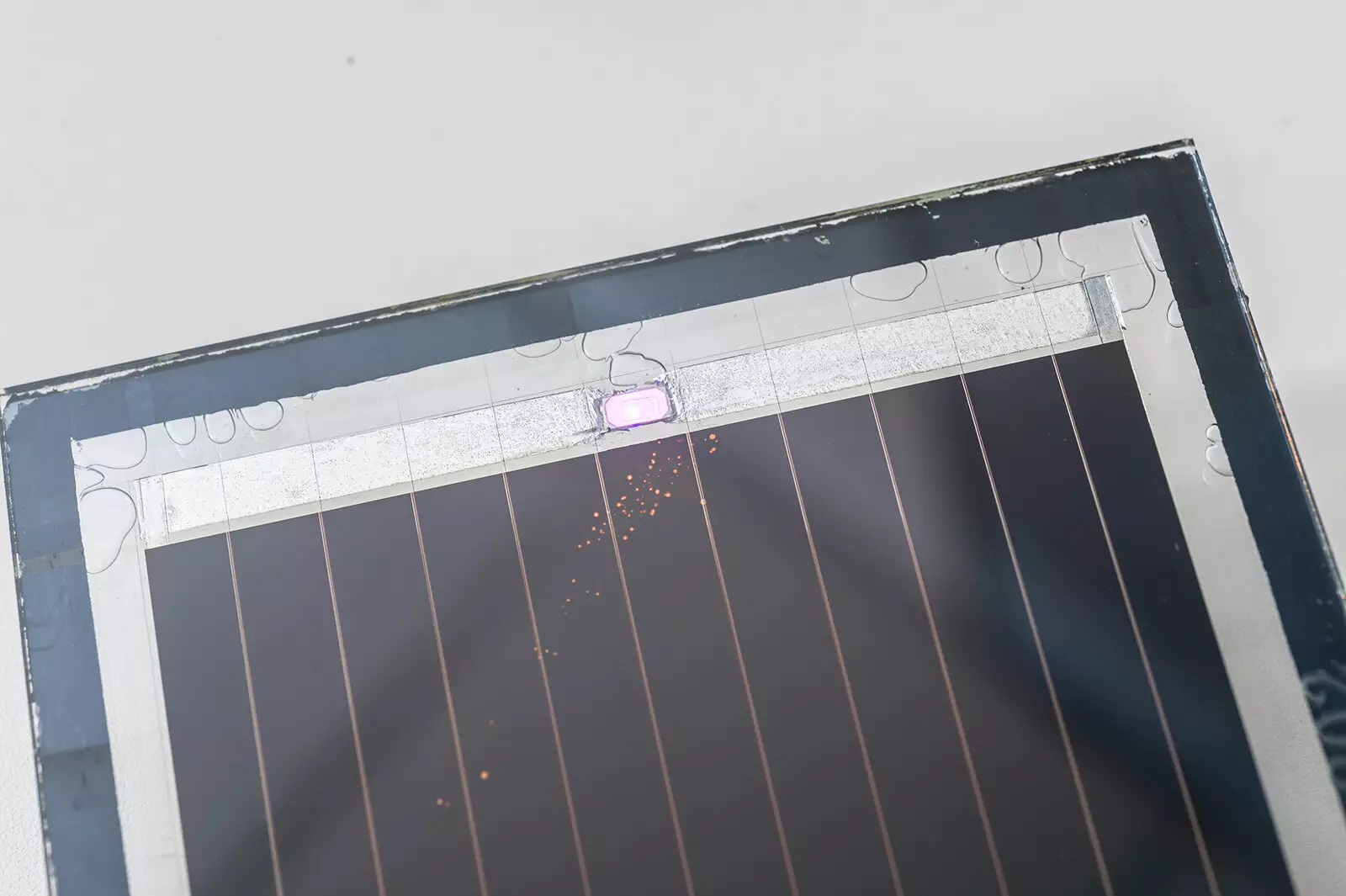Solar energy holds a key position in the transition towards a sustainable future. Scientists at the City University of Hong Kong (CityUHK) have made significant strides by developing highly efficient, printable, and stable perovskite solar cells. This innovative technology not only aims to achieve carbon neutrality but also to promote sustainable development on a larger scale.
One of the most impressive aspects of these new perovskite solar cells is their mass-production capabilities. The speed at which these cells can be produced is comparable to that of newspaper printing, with a daily output of up to 1,000 solar panels. This feature opens up endless possibilities for scaling up renewable energy sources in a cost-effective manner.
The flexibility and semi-transparency of these perovskite solar cells allow them to be integrated into light-absorbing glass windows. This opens the door to the concept of “urban solar farms” in cities with high-rise buildings. Such innovative applications demonstrate the potential for maximizing solar energy utilization in urban environments where space is limited.
The research team at CityUHK, led by Professor Alex Jen Kwan-yue, has successfully demonstrated a strategy to enhance the long-term stability of perovskite-organic tandem solar cells. These integrated cells retain over 90% of their initial Power Conversion Efficiency (PCE) even after 500 hours of continuous operation. This represents a significant breakthrough in addressing the operational stability challenges that have plagued wide-bandgap perovskites for years.
The CityUHK research team tackled the stability issue with innovative material science solutions. By designing a series of organic redox mediators with appropriate chemical potentials, they were able to selectively reduce iodine and oxidize metals. This approach proved to be effective in ensuring the stability of perovskite solar cells, marking a critical advancement in the field.
The results published in Nature Energy showcase a record-high efficiency of 25.22% (certified 24.27%) for the perovskite solar cells developed by the CityUHK team. This phenomenal efficiency, coupled with good operational stability even in humid air conditions, paves the way for greater adoption of perovskite photovoltaics in real-world applications.
The research results are set to be translated into practical applications through the start-up company HKTech Solar Limited, managed by Dr. Francis Lin, a postdoctoral student of Professor Jen. The potential applications of perovskite photovoltaics range from large buildings and farms to various components of the Internet of Things. The team plans to establish a pilot production line with an annual output of 25 megawatts in Hong Kong and launch products for industrial testing within the next year and a half.
The development of highly efficient, printable, and stable perovskite solar cells by the City University of Hong Kong represents a significant milestone in the field of solar energy. These innovative cells are poised to revolutionize the way we harness solar power, with the potential to drive widespread adoption of renewable energy sources for a greener and more sustainable future.


Leave a Reply